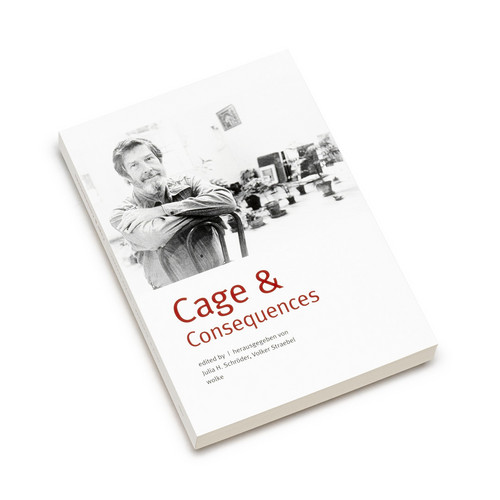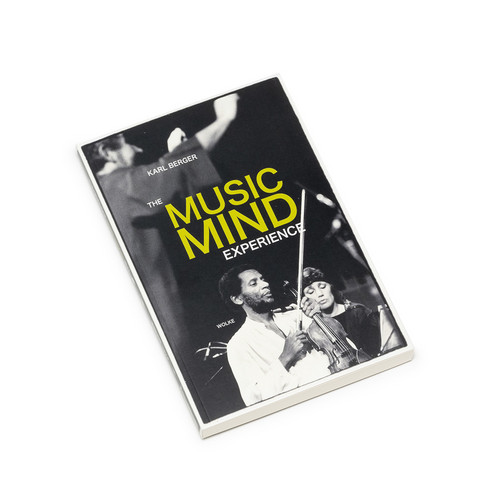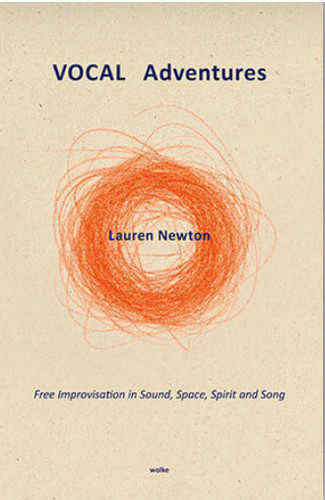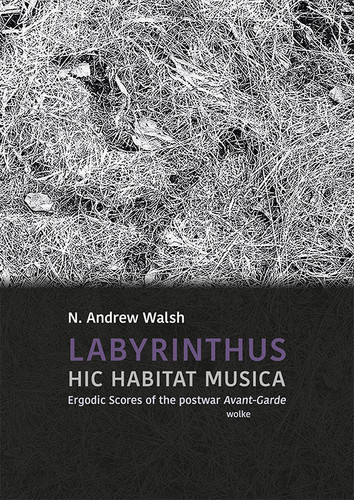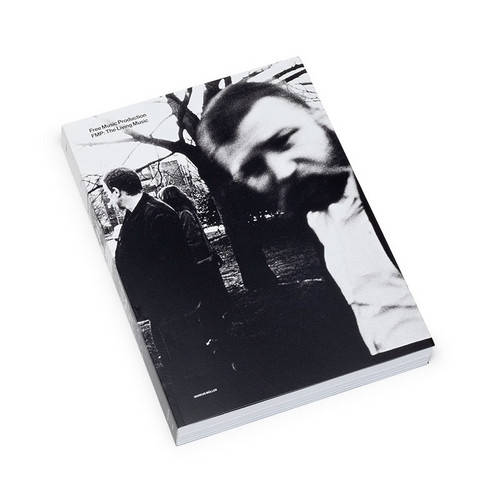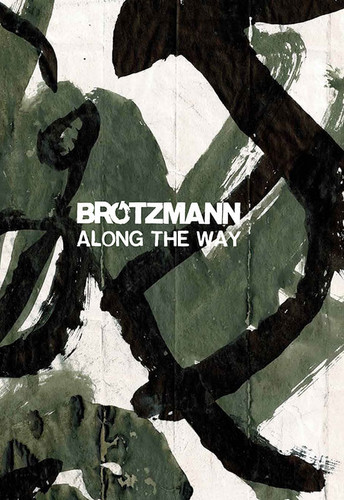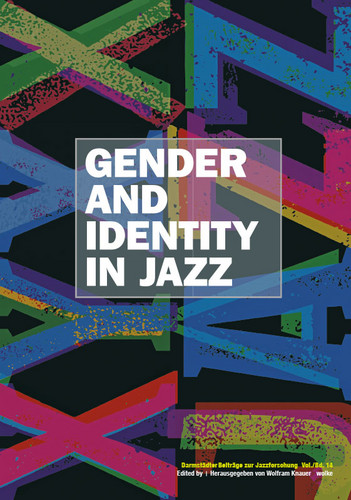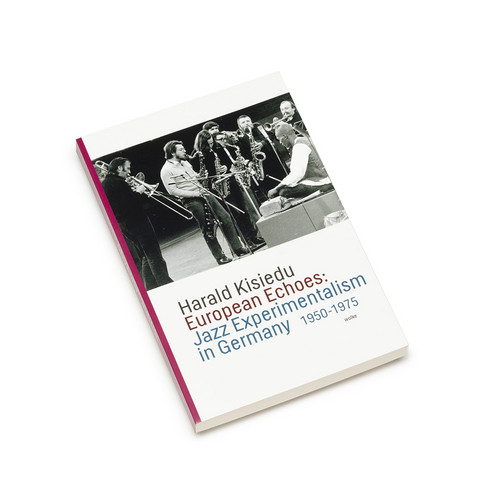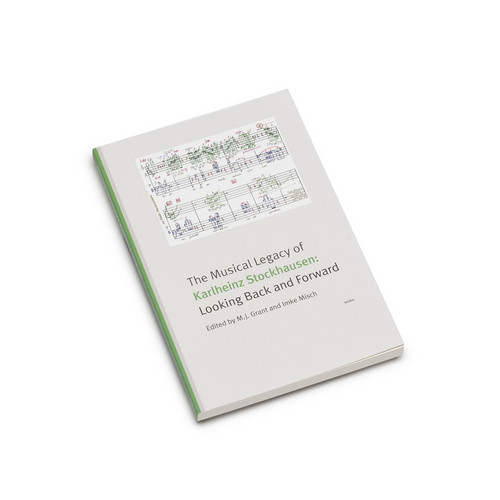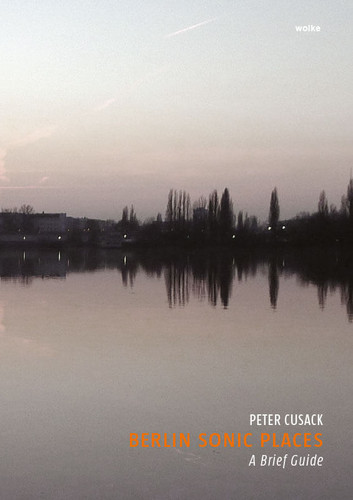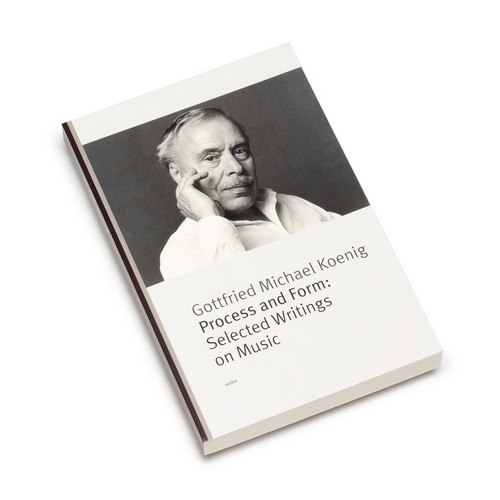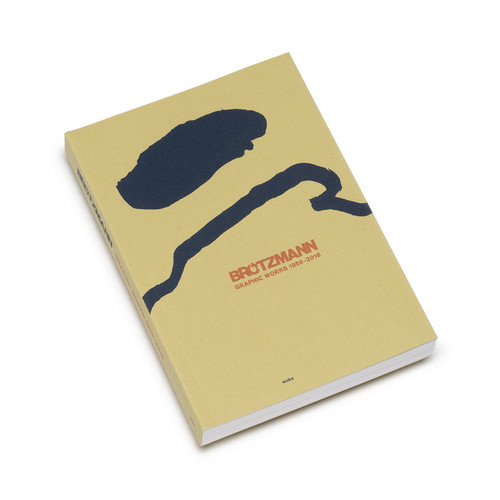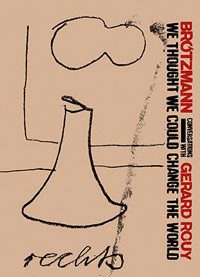★Wolke Verlag
Cage & Consequences (Book)
Cage & Consequences brings together analytical essays by scholars of different disciplines, artists“ contributions, and conversations with composers and associates of John Cage. They represent the diversity of Cage“s spheres of influence on the following generations of artists, as well as his significance for musicology, art theory, and media studies. The contributions are presented in their original language, English or German. The editors Julia H. Schröder and Volker Straebel are on the facult…
The Music Mind Experience (Book)
The Music Mind Experience is all about how we can transform our playing and listening into convincing performances and satisfying meditations every time. No neuroscience here: this book is thoroughly practical, intuitive, chock-full of simple practices and deep, common-sense insights. “A fantastic resource. Karl’s purpose is to reach beyond all intellectual concepts and feel the magic of intuitive playing and listening that we are all born with. Very easy to read and follow“ says the world-renow…
VOCAL Adventures Free Improvisation in Sound, Space, Spirit and Song (Book)
“These Vocal Adventures chart a decades-long exploration of soundscapes – ones produced by the outside world but most prominently those created through free improvisation in music. The expedition into this realm of musical experience and expression has taken the author across oceans and continents, with diverse musical encounters providing invaluable sources of inspiration and a wealth of learning and teaching opportunities while enriching her own ideas and approaches along the way. This book as…
Live Electronics in the SWR Experimentalstudio (Book)
Two events in music history had revolutionary consequences: the creation of notation and the invention of electronic sound. The initial stages of electronic music brought about new musical instruments like the theremin, the electric guitar and the synthesizer. In the digital age, the computer has itself become a musical instrument, with the invention of live electronics providing traditional instruments, such as the violin or piano, with new, unimagined sonic possibilities. The SWR Experimentals…
Labyrinthus: hic habitat Musica (Book)
The phenomenon of “graphic” scores has been a subject of fascination, controversy, and a flourishing of artistic talent since its inception in the aftermath of the Second World War. The scores of that age, despite their compelling visual presence, nevertheless remain elusive: the means of performance are obscure, and they resist conventional analysis. This study reconsiders graphic scores from the perspective of Information Theory, derived from studies of “ergodic” texts: the ergodic score requi…
FMP Free Music Production - The Living Music (Book)
Super Tip! * English version. 400+ pages, large-format book, very heavy * This book is dedicated to the history of the music label Free Music Production (FMP), which from 1968 to 2010 achieved incomparable things as a Berlin platform for the production, presentation and documentation of music. Based on many conversations from over thirty years with key protagonists such as Peter Brötzmann or Jost Gebers, Markus Müller tells the success story of a musicians‘ initiative that emerged in the context…
Spirits Rejoice! Albert Ayler and his message (Book)
No music swung as erratically between extremes as his: folk song, march or acoustic apocalypse – anything was possible in the cosmos of Albert Ayler’s soundscapes. With his furious instrumental glossolalia and his pathos-laden ballads, the musician from Cleveland, Ohio quickly became the most radical of the Sixties free jazz expressionists. In his hands the saxophone became a different instrument and even John Coltrane’s late work was unmistakably shaped by the influence of his younger colleague…
Along the Way
Hardcover edition .Texts by Brötzmann, Stephen O'Malley, John Corbett, Karl Lippegaus, Heather Leigh, Sotiris Kontos, Thomas Millroth, Markus Müller Being on the road so much, the time-space between the tours is not long enough for preparing big canvases and starting oil-paintings. You use what’s on the table - paper, cardboard, an empty cigar box, pens, felts and brushes, ink in a glass or a Chinese ink stone. You use what there is and that’s what we musicians call improvising and that’s wha…
Gender and Identity in Jazz
The 14th Darmstadt Jazzforum held in October 2015 focused on different aspects of identity in jazz. The participants talked about the perception of female instrumentalists, about „male“ or „female“ sound, about homosexuality, about references to the body as well as about the denial of the erotic element in music, about Jutta Hipp, Ivy Benson, Clare Fischer, Sun Ra and others. The conference participants looked at jazz history, but they self-confidently also looked at the jazz scene of today. The…
European Echoes: Jazz Experimentalism in Germany, 1950-1975
This book is a historical and interpretive study of the movement of jazz experimentalism in West and East Germany between the years 1950 and 1975. It complicates the narratives advanced by previous scholars by arguing that engagement with black musical methods, concepts, and practices remained significant for the emergence of the German jazz experimentalism movement. In a seemingly paradoxical fashion, this engagement with black musical knowledge enabled the formation of more self-reliant musica…
Smetak Inventions: The Interfused Realms of Inventor, Sound Artist, and Musician Walter Smetak (1913-84)
Musician and inventor Walter Smetak, who emigrated to Brazil in 1937, is one of the most important protagonists of sound art and experimental improvisation of the Brazilian avant-garde of the 1960s–80s. His work continues to have an impact today. Forming the core of his creative output are more than 100 instruments and sound sculptures that he invented and built himself, his so-called »Plásticas Sonoras«. His work also includes numerous compositions, sound recordings, books, poetry, writings, an…
The Musical Legacy of Karlheinz Stockhausen: Looking Back and Forward
Karlheinz Stockhausen was one of the most influential and prolific composers of the twentieth century. His legacy extends far beyond his extensive catalogue of musical works to his achievements as a pioneer of electronic music, as a writer and thinker on music, and as a teacher. In this volume, various aspects of Stockhausen“s legacy are discussed, including his influence on the creative work of others, and the influences he likewise derived from some of his closest associates. Central theoretic…
Berlin Sonic Places – A Brief Guide
Peter Cusack's Berlin Sonic Places: A Brief Guide is an appreciation of, and an enquiry into, Berlin“s sounds and soundscapes in all their moods of noise and quiet. It asks why does Berlin sound the way it does and what makes one neighbourhood sonically different from another. It pays attention to the aural character of particular buildings, streets, squares and green spaces, listens to the city“s public transport system and celebrates the importance of nature to Berlin“s acoustic environment. B…
I sing the Body Electric: Music and Technology in the 20th Century
Technology has always been inseparable from the development of music. But in the 20th Century a rapid acceleration took place: a new ›machine music‹ came into existence, electronic musical instruments were developed and composers often turned into sound researchers. A problematic identification of technical change with musical progress became visible. ›Noise‹ was raised to the state of an art, and, quite often, audience and critics were shocked at this development. In pop and rock electroacousti…
Process and Form: Selected Writings on Music
Gottfried Michael Koenig (* Magdeburg, 1926) collaborated intensively with Karlheinz Stockhausen in the 1950s in the Electronic Music Studio of the WDR in Cologne, where he himself also produced several landmark pieces of electronic and serial music. He moved to the Netherlands in 1964 to become the artistic director of Utrecht University“s Studio for Electronic Music, which in 1967 became the Institute of Sonology. Under Koenig“s supervision, the institute played a pioneering role in the develo…
Graphic Works 1959-2016
Peter Brötzmann has always created and still creates the covers of his recordings himself – sometimes also for other musician colleagues – and in the past also often the posters for various FMP projects (Workshop Freie Musik in the Academy of Arts or Total Music Meeting in the Quartier Latin, later in Podewil). “Looking at his early posters and record covers it’s striking how fully formed his visual sense was from the very beginning. He had a background from both advertising and Fluxus art…
We Thought We Could Change the World. Conversations With Gérard Rouy
One day in 2008 an old friend of mine came to me and said, 'I want to make a film about Peter Brötzmann, do you want to be part of it?' What a question! He didn't know that much about (free) jazz and freely improvised music but from the late 70s on, he had been very much attracted - as we all were - by the graphic work of most of the Free Music Production records, a lot of them being worked out by Brötzmann. He also knew that I had been one of Brötzmann's great fans and I had been acquainted to …
